 Pre-Raphaelite Red Satin
Pre-Raphaelite Red Satin

Pre-Raphaelite art, which arose during Queen Victoria's reign, is the most sensual form of Victorian art to date.
The works of Dante Rossetti, John Millais, William Hunt (the Pre-Raphaelite Brotherhood) and followers, such as John William Waterhouse, painted women in all their voluptuous glory. The painting style was born out of resentment towards England's formula-driven Royal Acadamy teachings. The name, "Pre-Raphaelite" originally derived from John Millais and William Hunt who did not accept incongruities in Raphael's work, "Transfiguration". After a bitter arguement at the Royal Academy, fellow students labelled Millais, Hunt, and anybody else who shared their beliefs, Pre-Raphaelites.

Though Dante was the founder of the Pre-Raphaelite movement, he was the first to leave it. Because Dante was not from England, he did not have loyal ties to the concepts behind the movement. Thus, he had nothing to lose by disrupting England's stagnant viewpoint of art. Without his influence, however, it is doubtful whether Pre-Raphaelite art would have become the strong influence that it did.
Pre-Raphaelite women are depicted with full, bee-stung lips, long romantic tresses
(commonly painted in shades of red), full thighs and breasts. Pre-Raphaelite art's aim was a return to the true, natural world, as influenced by the Nazarenes.
There are underlying feelings of power behind these women during a time when
the patriarachal, laissez-faire style of life was dominate. What made these women ethereal still draws people to visit their lovely visages. Beyond sheer beauty these women represented a celebration of a woman's body. The men who painted them recognized the power these women had and how their suductive qualities were still awake despite
a supressed society. I created this page as a tribute to the image of women through art. By doing so, I hope to encourage others to explore the style in which these artists painted.
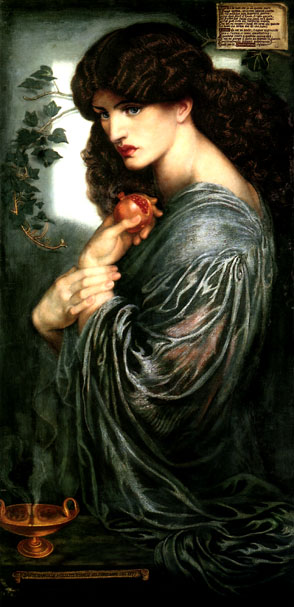
"When our two souls stand up erect and strong,Face to face, silent, drawing nigh and nigher,Until the lengthening wings break into fire; At either curved point, --what bitter wrong; Can earth do to us, that we should not long; Be here contented? Think. In mounting higher,The angels would press on us and aspire; To drop some golden orb of perfect song; Into our deep, dear silence. Let us stay
Rather on earth, Beloved, --where the unfit
Contrarious moods of men recoil away
And isolate pure spirits, and permit
A place to stand and love in for a day,
With darkness and the death-hour rounding it"
---Elizabeth Barret Browning (Sonnets from the Portuguese)
The women who posed for these paintings were shown as they
were in real life. They were placed in natural background settings to follow Nazareen composition.
Thus, background settings were painted
away from perfect composition, having colour play a high importance in definition and shading, emphasizing strong emotion and inspiring distinct praise and devotion. Pre-Raphaelite art demanded a revisit of expectations in art and design.
Therefore, paintings are genuinely brighter than contemporary paintings from the same era.
How women were positioned played an extremely important role. No
two women could face the same direction (if grouped together). Solo
models had to stand in an 'unposed' manner, creating a feel ing of natural movement.
Pre-Raphaelite art usually centers on mediaeval lore,
religious thought, or poetry. Themes taken from John Keats, William Blake, Alfred, Lord Tennyson, the Old Testament, and Shakespeare were used. A clear example is in
John William Waterhouse's painting, "The Lady of Shallott", taken from Alfred,
Lord Tennyson's poem.
Return to Home Page

Though not a part of the Pre-Raphaelite movement, John William Waterhouse painted
within the same context. Born in Rome (1849), he gained an appreciation for Italian art at a young age.
For many years, however, he did not demonstrate his talent until he began working
under his father. Waterhouse's paintings are forms of great story telling. His
paintings involve tales of myth and poetry, topics essential to the Pre-Raphaelites. He is able to pinpoint the most dramatic scene by playing with light, expression and gesture, and romantic theme. 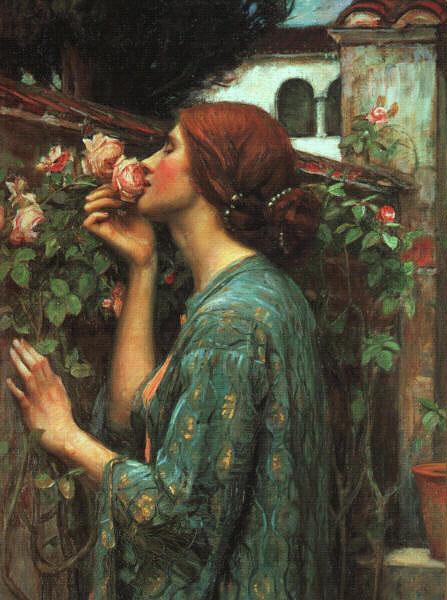
To continue his education he moved to the
Royal Academy in England where he was able to hone his talents. However, it was not until he moved to Primrose Hill
Studios, London, was he able to be more productive in his work. I show him here for two reasons. One, because I love his
work and the imagery it represents. Two, because it is important to notice the influence one period of enlightenment has
on future artists.

Pre-Raphaelite Knowledge
 Dante Rossetti
Dante Rossetti
 Pre-Raphaelite Critic
Pre-Raphaelite Critic
 Painted Ladies
Painted Ladies
 Pre-Raphaelites
Pre-Raphaelites
 Pre-Raphaelite Brotherhood
Pre-Raphaelite Brotherhood
 Indecent Pre-Raphaelite Art (GREAT link)
Indecent Pre-Raphaelite Art (GREAT link)
 The Pre-Raphaelite Collection (quick resource information)
The Pre-Raphaelite Collection (quick resource information)
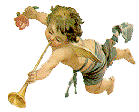
John William Waterhouse Links
 John William Waterhouse
John William Waterhouse
 Waterhouse Art Page
Waterhouse Art Page
 Art of John William Waterhouse
Art of John William Waterhouse
 Waterhouse Collection
Waterhouse Collection

Click on one of these images to browse my other webpages
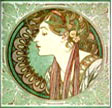
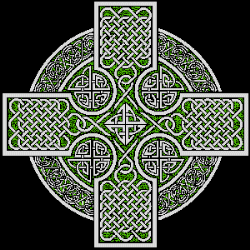










 Dante Rossetti
Dante Rossetti Pre-Raphaelite Critic
Pre-Raphaelite Critic Painted Ladies
Painted Ladies Pre-Raphaelites
Pre-Raphaelites Pre-Raphaelite Brotherhood
Pre-Raphaelite Brotherhood Indecent Pre-Raphaelite Art (GREAT link)
Indecent Pre-Raphaelite Art (GREAT link) The Pre-Raphaelite Collection (quick resource information)
The Pre-Raphaelite Collection (quick resource information)
 John William Waterhouse
John William Waterhouse Waterhouse Art Page
Waterhouse Art Page Art of John William Waterhouse
Art of John William Waterhouse Waterhouse Collection
Waterhouse Collection